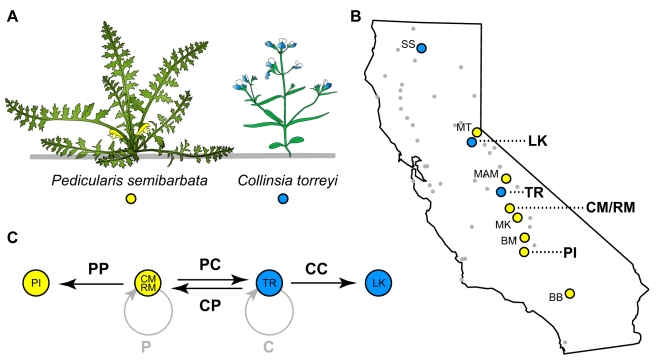Figure 1. Study system background and experimental design.
(A) Sketches of the two host plants addressed in this study: Pedicularis semibarbata (Psem, Orobanchaceae), a perennial herb with basal rosette morphology, and Collinsia torreyi (Ctor, Plantaginaceae), a small upright annual herb. (B) Map of California highlighting E. editha populations that use Ctor (blue circles), Psem (yellow circles), or other plants (grey dots) as primary hosts (see [39] for a description of patterns of host use in this species overall). This study specifically addresses the four populations in bold: Leek Spring (LK), Tamarack Ridge (TR), Colony Meadow/Rabbit Meadow metapopulation (CM/RM), and Piute Mountain (PI). (C) Schematic of the crosses performed to produce insects examined in this study. Colored circles represent populations from which parents were sampled. Each black arrow represents a specific type of cross and leads from the native population of the female to the native population of her male mate. Bold black two-letter symbols above or below arrows symbolize the offspring produced by the cross, the first and second letters corresponding to the host affiliations of the mother and father, respectively (P, Psem; C, Ctor). Thus, the left-most arrow indicates that females from the Psem-adapted CM population were mated to males from the Psem-adapted PI population to produce PP offspring. Likewise, the middle arrows show the crosses used to produce PC offspring (with a Psem-adapted mother and Ctor-adapted father) and CP offspring (reciprocal of the previous). Grey circular arrows represent within population crosses that were not conducted by us but occurred naturally prior to the capture of mated females. These crosses produced “pure” offspring symbolized as simply P or C.

